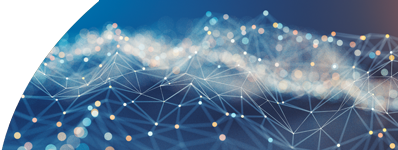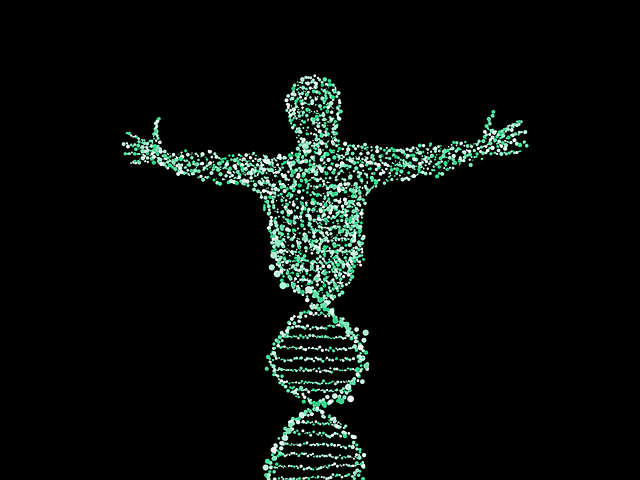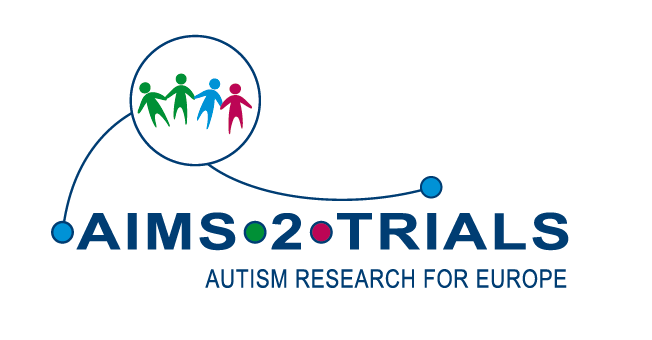The immune system

Exploring the role of the immune system in autism
Emerging evidence indicates that the immune system may play an important role in autism, but scientists do not know exactly how this happens. Identifying how the immune system is different in autistic and non-autistic people may ultimately help researchers to develop treatments and supports for people who want them. To explore the many aspects of this complex system, researchers will draw on a unique array of techniques that will together broaden our understanding of autism. These include studying the barrier that exists between the brain and the body – the blood-brain barrier. This typically prevents cells or molecules from entering the brain, which protects it from infection or damage. It is thought that in autism, the blood-brain barrier may be ‘leaky’. Other techniques include study of post-mortem brain tissue, stem-cell research and animal studies, as described below.
First we learn from donated post-mortem brain tissue
A key focus of the research is the brain’s immune cells, called microglia. These cells typically destroy infections and prune the branch-like connections through which other brain cells communicate. Pruning is healthy and helpful, but autistic people have less of it compared to non-autistic people. This means that cells can grow more branches and send more signals at any one time, which may partly explain why some autistic people experience hypersensitivity and sensory overload.
It is not possible to study microglia and their branches in living people, because brain scans do not have high enough resolution to detect individual cells. Instead, researchers will first study microglia in post-mortem brain tissue that has been donated by people who had Phelan McDermid Syndrome, a condition commonly associated with autism. Researchers will observe microglia structure under the microscope, using coloured dyes to ‘light up’ different parts of the cell. Focussing on conditions caused by single genetic changes allows scientists to explore one element of a complex system in great detail, and provides a starting point to learn about autism more broadly.
We gather more information from stem cells of living people
However, to learn how a cell’s structure underpins its activity, researchers will next need to study living cells. As it is not possible to study individual cells in a living person’s brain, study volunteers will instead provide small samples of their blood, hair or skin. The volunteers have either Phelan McDermid Syndrome or Tuberous Sclerosis, another condition associated with autism.
The samples contain stem cells, which are unusual because they have the potential to develop into any of the many different types of cell that make up our bodies. Scientists will turn the stem cells to become neurons, astrocytes and microglia, which are cells thought to play a role in autism. These cells will grow in a dish individually or together and in some cases in clumps that resemble miniature organs, called ‘organoids’. These experiments will allow researchers to observe how the cells interact and send signals to each other in real-time.
Finally, we gather data from mouse models
Organoids survive in the laboratory for a short time only and so cannot provide insights into how the cells within our bodies develop from birth into adulthood. To explore this aspect, researchers will track the development of mice that are missing part or all of a gene called SHANK3, which causes Phelan McDermid Syndrome in people. The mice are known to exhibit repetitive, social and sensory-driven behaviours that are similar to behaviours shown by some autistic people. Researchers will link changes in the mice genes and biology to changes in their behaviours across different stages of development. They will consider whether changes in aspects of the immune system such as the network of lymph nodes and cells in our blood make mice more likely to display behaviours that resemble aspects of autism.
Principal Investigators
Irena Kadiu, UCB Biopharma
Zameel Cader, University of Oxford
Why is genetic work relevant in autism research?
Why research rare conditions?
Autism researchers sometimes focus on genetics of rare conditions such as tuberous sclerosis or Phelan McDermid Syndrome. This can lead to some confusion, since people with those conditions only account for a tiny percentage of all autistic people. However, researchers are then able to apply their findings back to autism more generally. For example, studying a mouse model using genes related to tuberous sclerosis can help to pinpoint and explore the biology of a specific autistic trait, such as an aspect of learning. The biology underlying this trait may be the same for many or all autistic people even if they do not have tuberous sclerosis.
Are you trying to prevent autism?
No. AIMS-2-TRIALS is not developing a genetic test or any treatment designed to prevent autism. We are ethically opposed to eugenics. Some people are concerned that genetics research could lead to a test during pregnancy to identify whether a baby will develop autism and that such a test could be used in eugenics. Work of this type is not part of AIMS-2-TRIALS.








